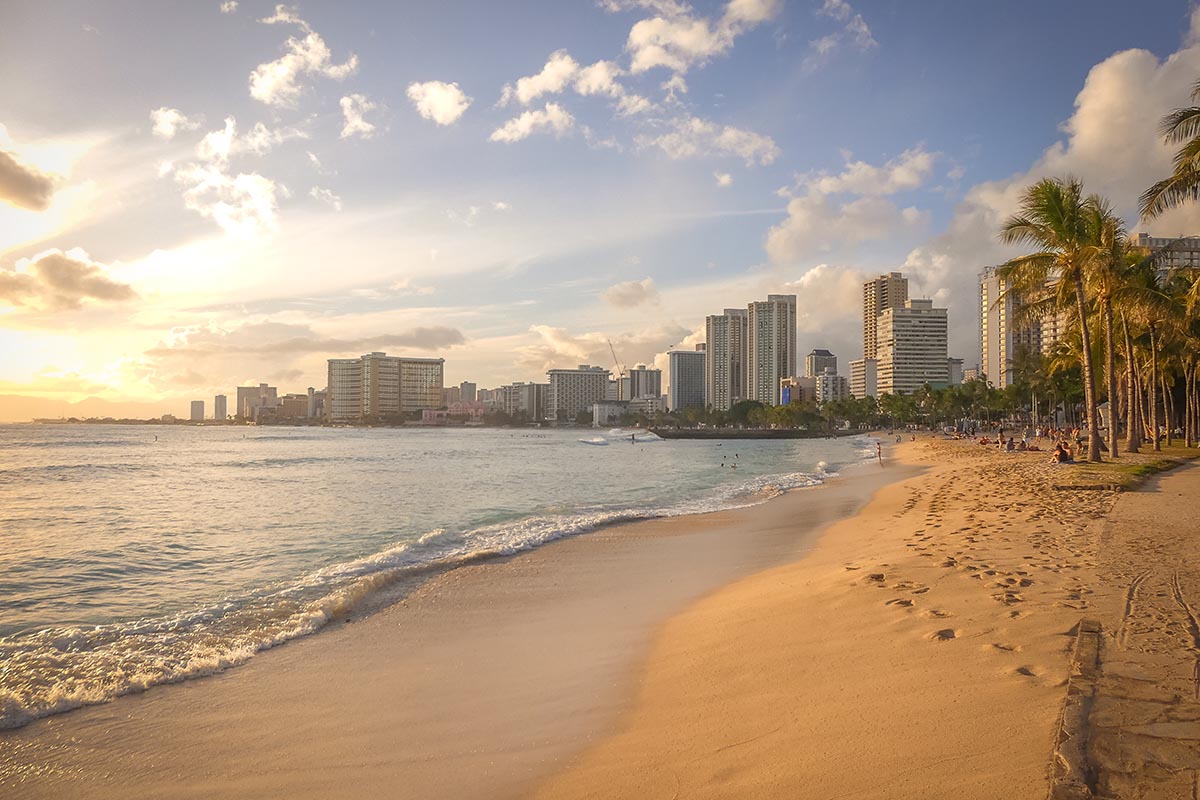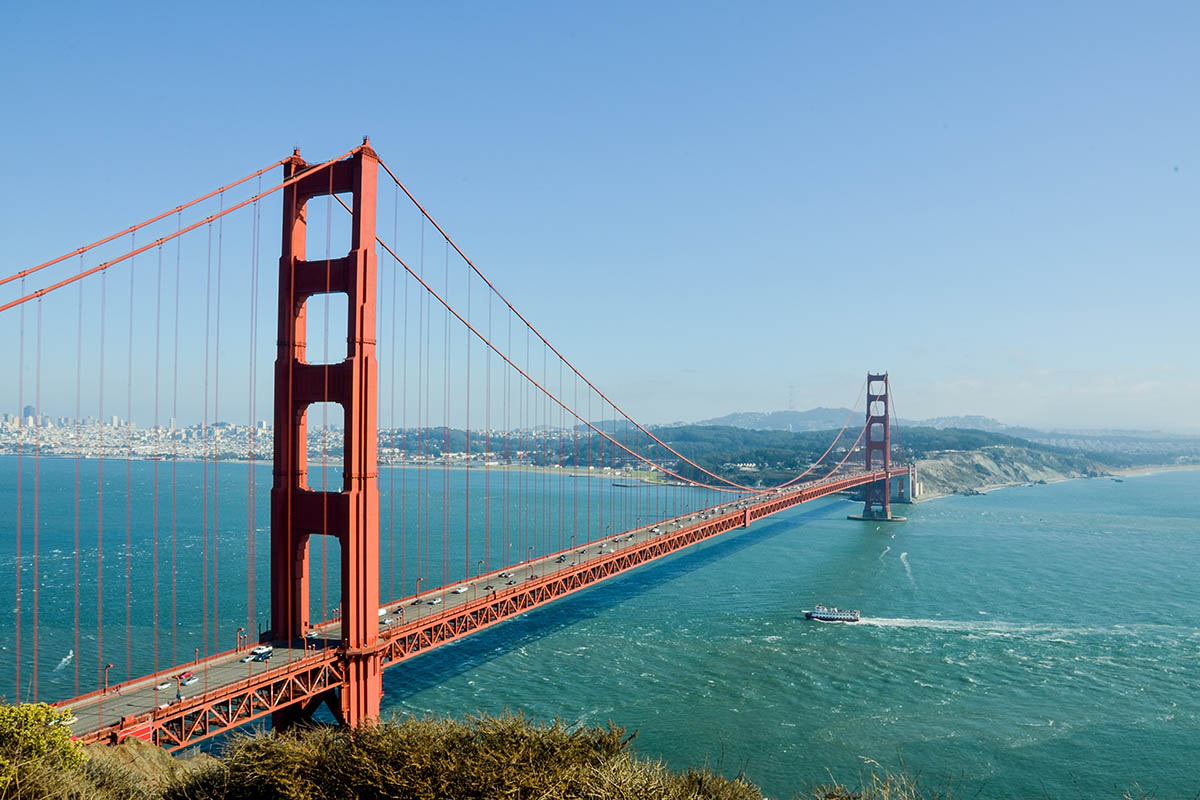How to Plan a Trip to Florida: The Complete Guide
How does snorkeling around coral reefs sound? How about lounging on pristine beaches and eating world-class cuisine? If all that sounds amazing, it might be time to start planning a trip to Florida.
The Sunshine State is one of the most popular vacation hubs for Americans and people worldwide, and a good reason. It has so much to offer travelers from all walks of life. If you want to plan a trip to Florida, you might need some help figuring everything out, especially if it’s your first time going there. That’s why we’ve put together this travel guide—to ensure that you see and do everything you want to.
So what do you need to know? Keep reading to learn about how to go about planning a trip to Florida.
Choose the Right Destination
While Northerners tend to view Florida as a massive, singular entity, the truth is that there’s a huge amount of geographic diversity within the state. These differences also extend to the people and culture. Let’s take a look at some of the different regions that travelers often visit.
Plan a Trip to Florida: The Atlantic Coast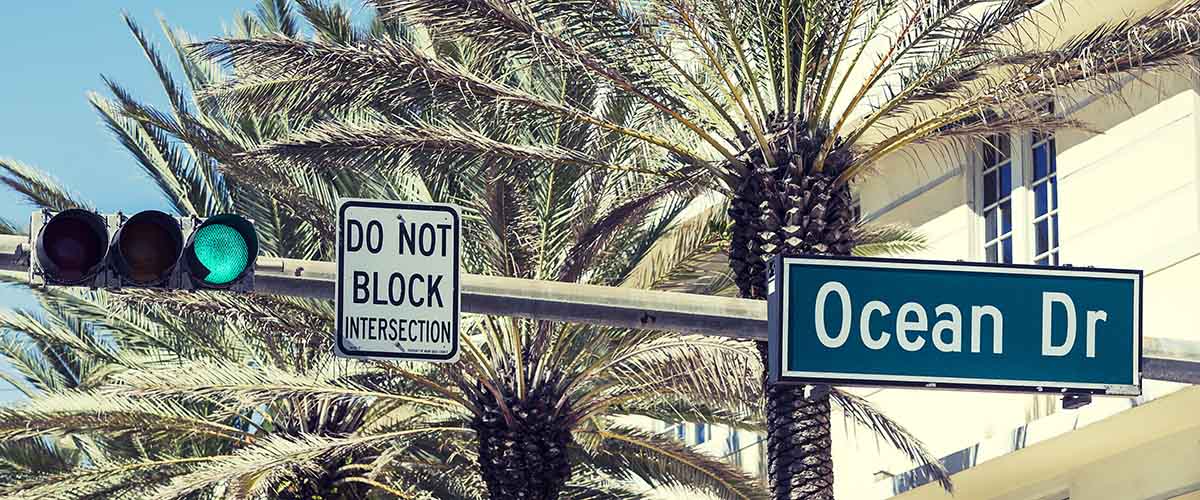
Florida’s Atlantic Coast extends from the border with Georgia in the north to the very tip of the state in the south. Here, you’ll find some of the state’s most famous beaches, such as Fort Lauderdale, West Palm Beach, and the beaches around Miami and Jacksonville. These are also great cities, full of fun restaurants, bars, and things to do.
While beautiful, the beaches along the Atlantic Coast have bigger and more intense waves, making them great for surfers and bodyboarders.
The Gulf Coast
If you’re not into surfing and instead want calm, crystal-clear water, you might be better off visiting the Golf Coast. With powdery white sand and calm surf, the Gulf Coast attracts more families than the Atlantic Coast. As a region, the Gulf Coast is family-friendly, with hubs like Clearwater Beach and Treasure Island attracting tourists of all ages. Expect to see dolphins, manatees, and other aquatic creatures.
The Keys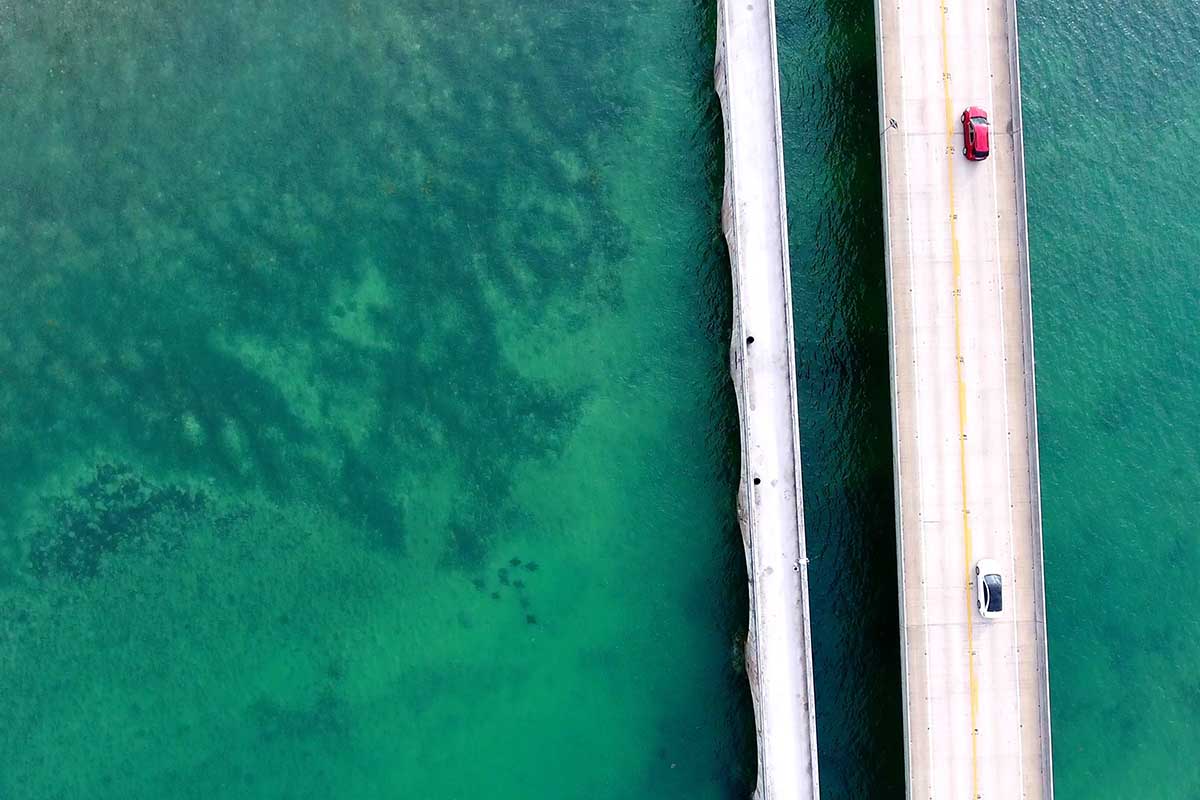
If you want an island feel without leaving the United States, then the Florida Keys should be your destination of choice. Located south of Miami, the Keys are the southernmost point of the continental U.S.
Exploring reefs off of Key Largo, fishing off of Islamorada, and dancing your way through the streets of Key West during pride are some of the many things you can do in the beautiful and unique islands.
Central Florida
Although it doesn’t offer beaches or the ocean, Central Florida still has a lot to offer visitors. Orlando is a great city to explore, but it’s most popular because of its proximity to nearby theme parks. Universal Studios, the Wizarding World of Harry Potter, and Disney World are all in Orlando, making Central Florida another fantastic destination for families.
Decide on a Season
The time you visit Florida can drastically affect the experience that you have. While certain months of the year might yield quiet and empty beaches, others will have you surrounded by more people than you knew existed. So when should you go?
High Season
In South Florida, the high season runs from December to the middle of April. That being said, many people find that chunk of time to be growing, and in some cases, even creeping into summer.
In the North, the opposite is true—summer is the busiest time, with most tourists flocking to the beaches between Memorial Day and Labor Day.
In both the North and the South, April through May and September through November give you the best of both worlds. You’ll escape some of the crowds, get nice weather, and also get these hotels in Orlando at cheaper rates.
Low Season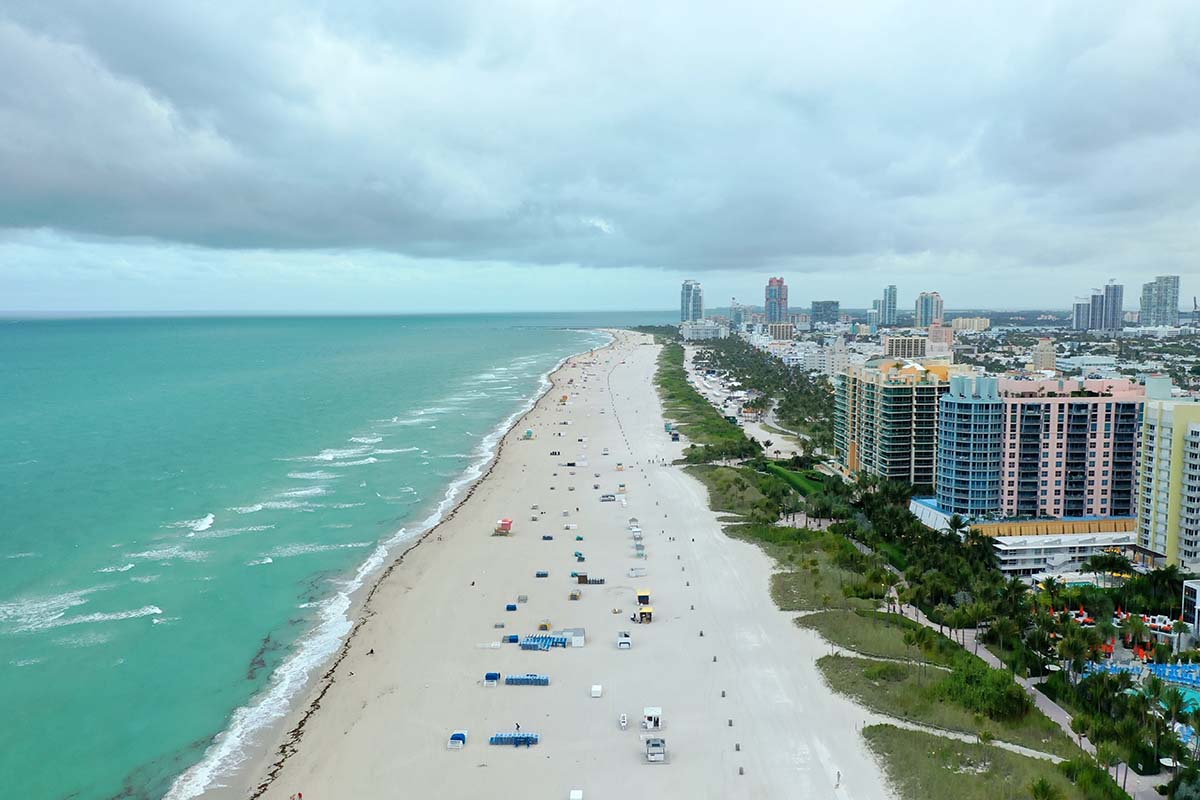
Summer in South Florida is low season, as is winter in the North. During this time, you’ll run into fewer tourists, and room rates will be much more affordable. However, depending on where you are, you might run into some weather issues. South Florida is hot and muggy in the summer, with many locals opting to stay inside. On the other hand, Northern Florida in the winter might be cooler than you’d expect.
Keep in mind that hurricane season goes from June to November and can affect the entire state. Monitor weather patterns closely, as hurricanes are hard to predict. Some years have only a few, while others have many.
Plan a Trip to Florida: Enjoy the Sunshine State
Regardless of which time you visit the state or where you choose to go, make sure you take advantage of all that the Sunshine State has to offer. Florida has a huge amount of wildlife to see, both on land and in the water. Alligators, manatees, dolphins, sharks, tiny deer, and rare birds are some of the many animals you might be able to catch a glimpse of. Aside from beaches, there are a ton of other environments to see as well. Cruise the Everglades on an airboat, or choose to board a helicopter for a Pigeon Key / Lighthouse Tour—the choice is yours!
Plan a Trip to Florida With These Tips
If you’re looking to plan a trip to Florida, make sure you go into it with a plan. Use this guide as a resource to ensure that you travel at the right time, stay in suitable accommodations, and do the things you want. Remember to stay safe—especially while COVID-19 remains a threat! Do you now have a better understanding of how to visit Florida? Before you go and start searching for flights, make sure to check out some of our
